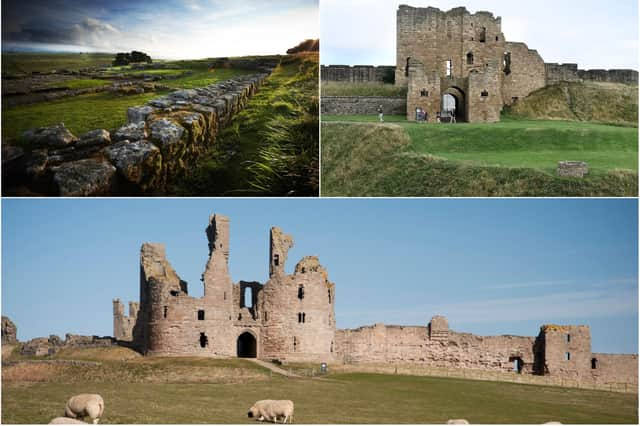Larger sites with extensive grounds or large historic gardens will open initially with others set to follow in August.
New measures will be introduced to ensure the health and well-being of members, visitors, volunteers and staff.
To ensure a safe and enjoyable experience, visitor numbers will be limited and all those planning to visit (including members) will have to book in advance on the English Heritage website and arrive during their time slot.
Find out about the eight North East sites reopening here….
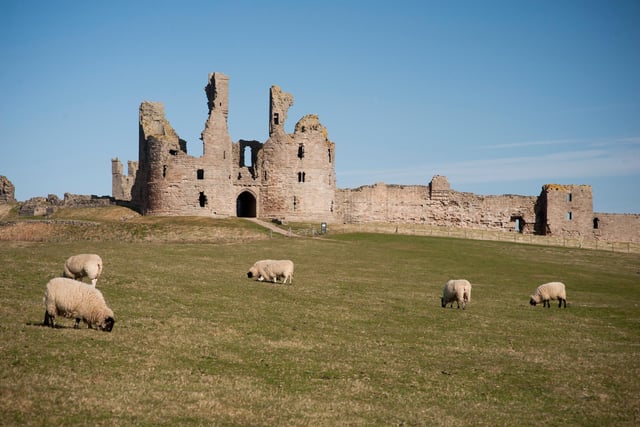
1. Dunstanburgh Castle, Northumberland
Built on the most magnificent scale, Dunstanburgh Castle stands on a remote headland in Northumberland. The castle was built at a time when relations between King Edward II and his most powerful baron, Earl Thomas of Lancaster, had become openly hostile. Lancaster began the fortress in 1313. Unfortunately the earl failed to reach Dunstanburgh when his rebellion was defeated, and was taken and executed in 1322. The focus of fierce fighting during the Wars of the Roses, it was twice besieged and captured by Yorkist forces, but subsequently fell into decay. Photo: Rama Knight
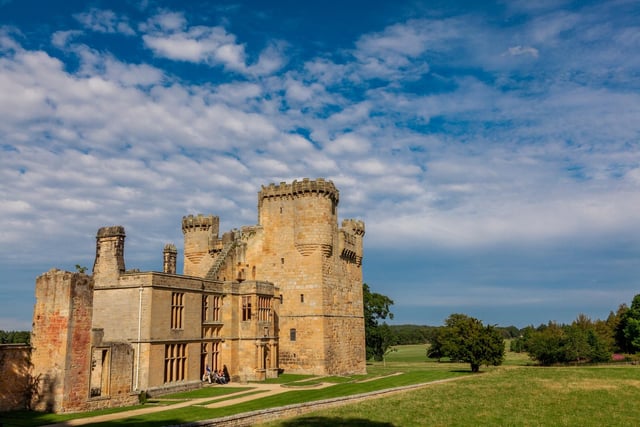
2. Belsay Hall, Castle and Gardens, Northumberland
Belsay's Hall offers stunning Grecian architecture, a medieval castle, and thirty acres of outstanding gardens. Roam through the unique micro-climate of the Quarry Garden with exotic plants around every twist and turn, and enjoy the quirky open spaces around the Hall and the castle. Photo: English Heritage Trust
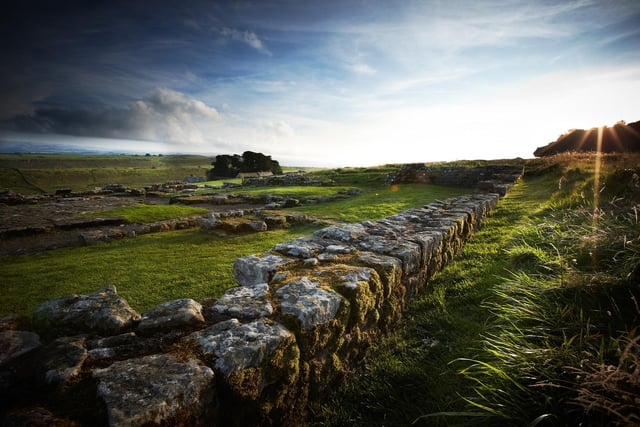
3. Housesteads Roman Fort, Hadrian’s Wall, Northumberland
Lying midway along Hadrian’s Wall, Housesteads is the most complete example of a Roman fort in Britain, and one of the best-known from the entire Roman Empire. It was built within a decade of AD 122, when work on the Wall began, and was garrisoned by an 800-strong infantry regiment until the end of the 4th century. For an extra treat, take the time to stop and peer into the oldest toilets you'll ever see. Photo: Robert Smith
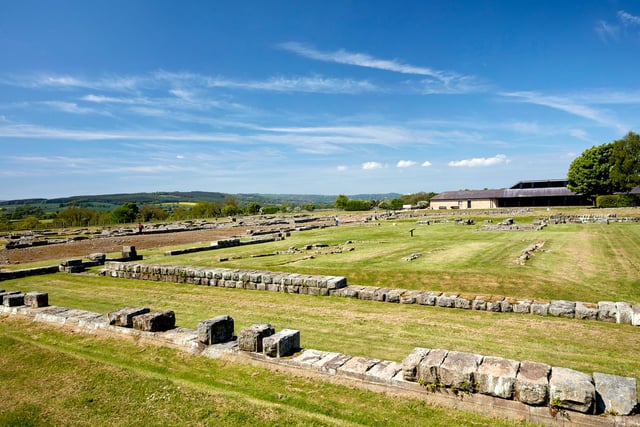
4. Corbridge Roman Town, Northumberland
Not all the sites on Hadrian's Wall were heavily guarded fortresses. Corbridge was once a bustling town and supply base where Romans and civilians would pick up food and provisions. It remained a vibrant community right up until the end of Roman Britain in the early years of the 5th century. Photo: Oliver Edwards
